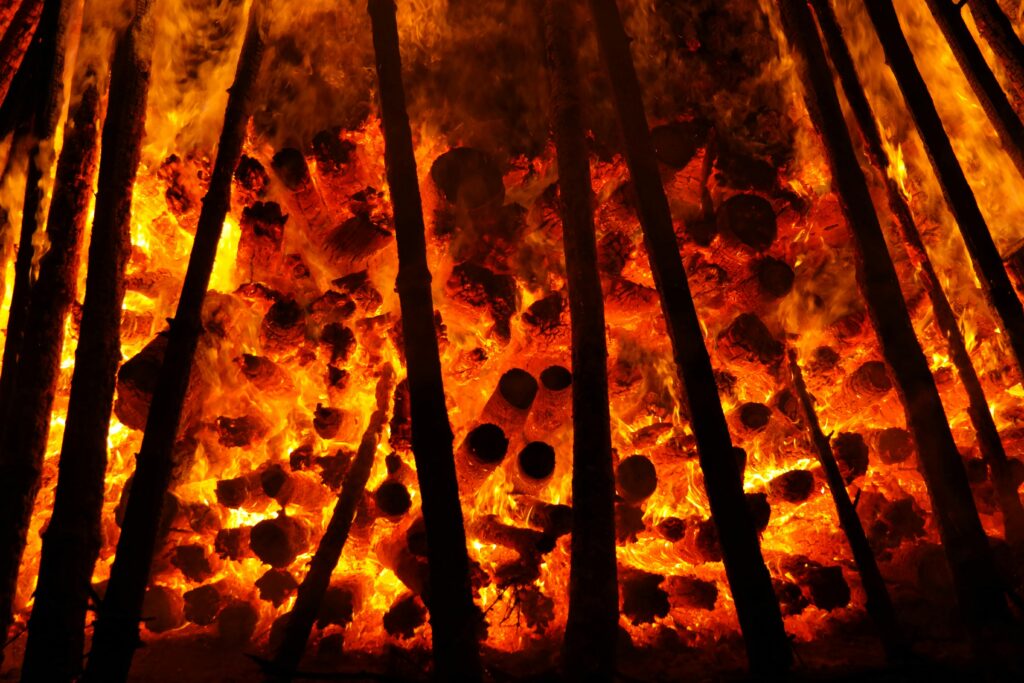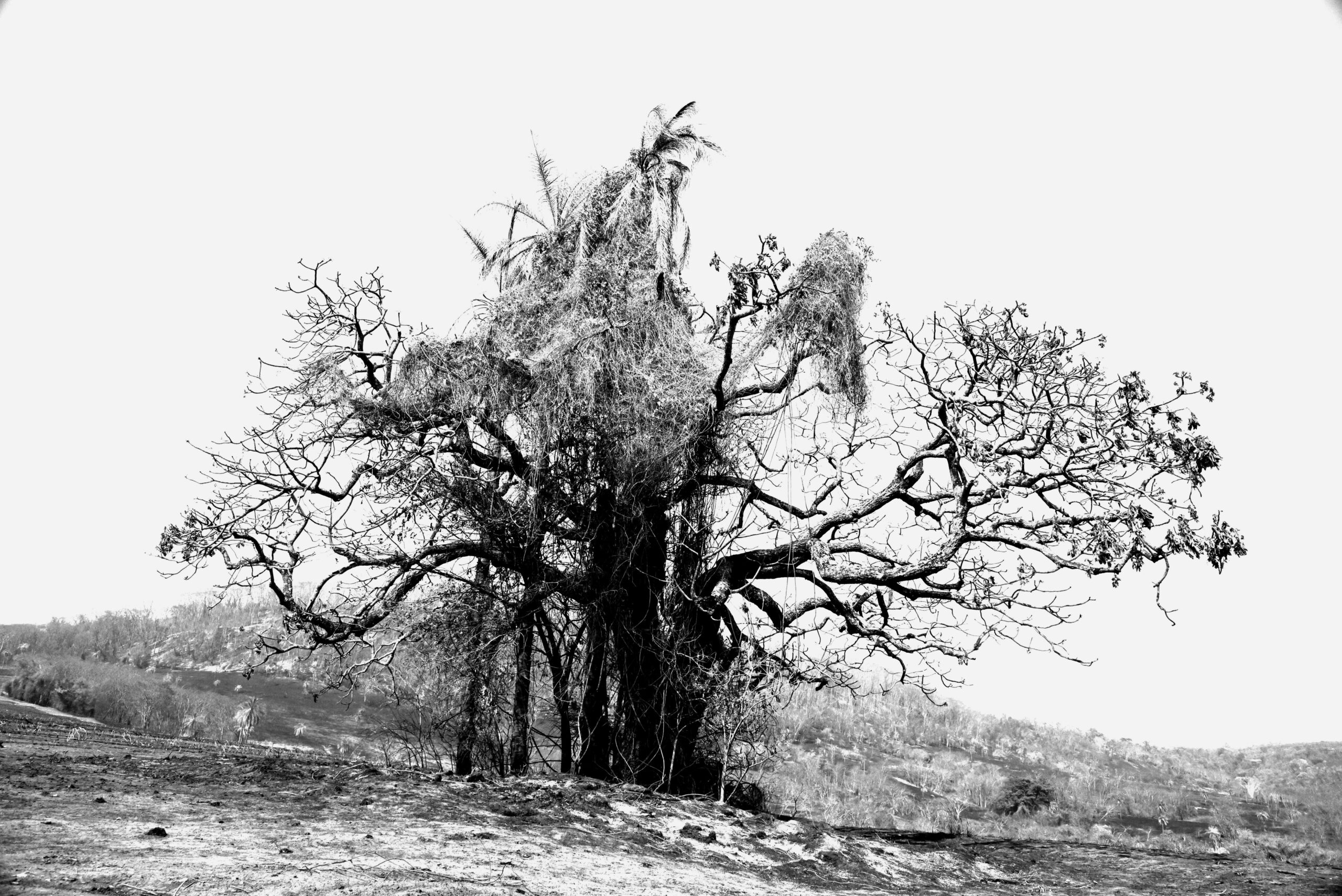The Amazon is one of the planet’s largest reserves of biodiversity, and its vast expanse of forests plays a crucial role in regulating the global climate. With its capacity to absorb large amounts of carbon dioxide (CO₂), the Amazon acts as a “green lung” that helps mitigate the effects of climate change. However, deforestation and forest degradation threaten this vital function, intensifying global warming and destabilizing the climate.
The Amazon as a Carbon Sink
Amazonian forests store an immense amount of carbon in their trees and soil. This carbon, absorbed from the atmosphere through photosynthesis, is essential to help regulate Earth’s temperature. By performing photosynthesis, trees remove CO₂ from the atmosphere and store it in their structures, playing a crucial role in reducing greenhouse gases.
It is estimated that the Amazon stores more than 100 billion tons of carbon, which helps keep the planet cooler. However, when forests are destroyed, the stored carbon is released back into the atmosphere, exacerbating global warming. With deforestation, the Amazon releases more carbon than it can absorb, turning it from an ally in the fight against climate change into a source of carbon emissions.
The Impact of Deforestation and Fires
Deforestation and fires in the Amazon are direct threats to climate balance. When forest areas are cleared for agriculture or livestock, the carbon held in the trees and soil is released as CO₂, increasing the concentration of greenhouse gases in the atmosphere. Fires, in addition to directly contributing to carbon emissions, impact air quality and the health of local populations.
Furthermore, uncontrolled deforestation disrupts the trees’ evapotranspiration cycle, responsible for much of the moisture that supplies the atmosphere. With fewer trees, moisture in the region decreases, affecting rainfall and raising temperatures. This process can lead to “savannization,” transforming dense forested areas into arid fields and, consequently, drastically altering local and global climates.

The Effects of Climate Change on the Amazon
Climate change also directly affects the Amazon itself. Rising temperatures and altered rainfall patterns make it difficult for many species, both plant and animal, to survive, as they are adapted to specific humidity and temperature conditions. This creates a chain effect, threatening biodiversity and the forest’s ability to regenerate.
Drought and flood cycles, which are natural in the Amazon, are becoming more extreme, which can result in irreversible damage to the ecosystem. Prolonged drought increases the forest’s vulnerability to fires, while flooding can displace species and alter soil nutrient balances. Climate change, therefore, not only threatens the Amazon but amplifies existing risks due to human activities.
The Importance of Conservation for the Climate’s Future
Preserving the Amazon is critical in the fight against climate change. For this, it is necessary to implement conservation policies, control deforestation, and incentivize the recovery of degraded areas. Amazon conservation is not just a regional environmental issue but a global strategy to combat global warming.
Conservation initiatives, such as creating reserves and recognizing indigenous lands, where deforestation rates are significantly lower, are essential to keep the forest standing and ensure its role as a climate regulator. Supporting reforestation projects and sustainable practices also contributes to restoring degraded areas and reinforcing the Amazon’s role as a carbon sink.

Conclusion: The Amazon, Climate, and Future
The Amazon is a powerful ally in the fight against climate change. Its preservation is an essential step in ensuring a more sustainable and balanced future. Every tree, every river, and every community that fights to keep the forest alive contributes to climate balance and the health of the planet.
Protecting the Amazon means protecting all of us. The future of the climate and life on Earth depends on the choices we make today. Preserving the Amazon rainforest is a choice for life, for biodiversity, and for a safer, healthier planet for future generations.
As we reflect on the Amazon’s essential role, it’s crucial to recognize the work of international organizations dedicated to its protection. In our next post, we will explore the global entities actively working to safeguard the Amazon and combat climate change through conservation efforts. Stay tuned to learn more about their initiatives and the impact of their work on a global scale.

